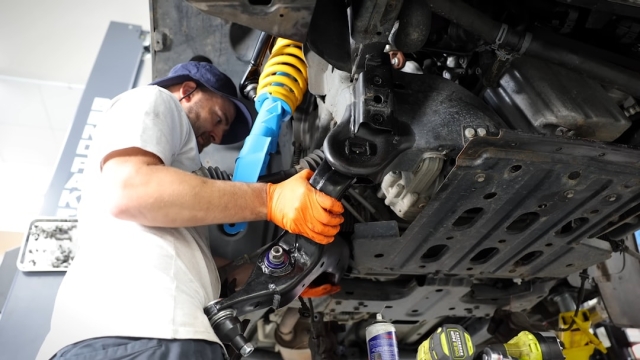In various industries, the detailing process plays a crucial role in ensuring quality and precision. Whether it’s in manufacturing, automotive, or service-oriented sectors, detailing involves the careful attention to detail required to produce high-quality outputs. However, organizations often face challenges that can hinder efficiency and productivity within their detailing operations. This article will explore common obstacles in the detailing process, best practices for optimizing workflows, and innovative tools that can enhance efficiency.
Understanding the Detailing Process: Key Components and Challenges
The detailing process encompasses several key components, including planning, execution, quality control, and feedback. Each of these elements requires collaboration among team members, effective communication, and a systematic approach to ensure that every detail is addressed. However, organizations often encounter challenges such as miscommunication, lack of standardization, and inadequate training, which can negatively impact the overall efficiency of the detailing process. For instance, when team members aren’t aligned on the expectations or procedures, the risk of errors increases, leading to rework and delays.
Moreover, the absence of a clear strategy for managing the detailing process can result in wasted resources and time. Understanding these challenges is the first step toward implementing effective solutions that promote detailing process optimization. By identifying the root causes of inefficiencies, organizations can take proactive measures to address them.
Best Practices for Optimizing Your Detailing Workflow
To optimize the detailing process, organizations should consider adopting several best practices. First and foremost, establishing clear protocols and standards is essential. This includes documenting each step of the detailing process and ensuring that all team members are trained accordingly. When everyone understands their responsibilities and the expected outcomes, it minimizes the chances of miscommunication and errors.
Another effective strategy is to implement regular review sessions. These meetings allow teams to discuss challenges encountered during the detailing process, share insights, and brainstorm solutions. By fostering a culture of open communication, organizations can continuously refine their processes and address issues as they arise.
Furthermore, leveraging technology can significantly enhance the detailing workflow. For example, using project management software can aid in tracking progress, assigning tasks, and maintaining accountability within the team. Such tools facilitate better organization, enabling teams to focus on completing their tasks efficiently. Real-world examples demonstrate that organizations that embrace these practices often experience improved productivity and quality in their outputs.
Tools and Technologies That Enhance Detailing Efficiency
Innovative tools and technologies play a pivotal role in enhancing the detailing process. Automation is one area where significant improvements can be made. For instance, automated documentation systems can reduce manual errors and streamline the data entry process, allowing teams to concentrate on more critical tasks. Similarly, utilizing data analytics can provide insights into performance metrics, helping organizations identify bottlenecks and areas for improvement.
Another noteworthy advancement is the use of collaborative platforms, which enable teams to work together seamlessly, regardless of their physical location. These platforms facilitate communication, file sharing, and real-time collaboration, making it easier for teams to stay aligned and informed. Additionally, integrating customer feedback tools can help organizations refine their detailing processes based on client expectations, further driving quality improvement.
In conclusion, optimizing the detailing process is essential for organizations seeking to improve efficiency and quality. By understanding the key components and challenges, adopting best practices, and leveraging innovative tools, businesses can enhance their detailing workflows significantly. For those looking to explore more about detailing process optimization, resources are available that provide in-depth insights and guidance tailored to specific needs. Consider visiting this link for further information on strategies that can elevate your detailing processes.

